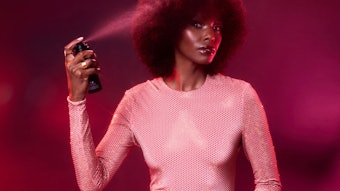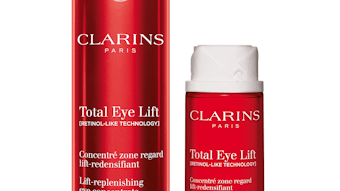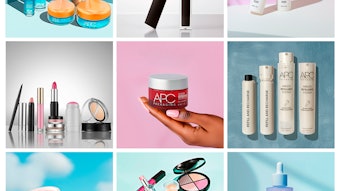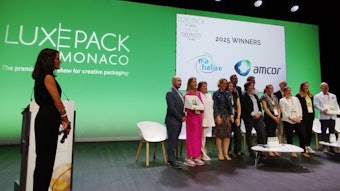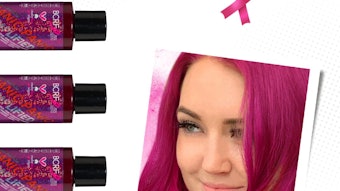It’s been made abundantly clear that tailoring your packaging is key to attracting the target consumer. However, in today’s ever-changing world, it can be difficult to keep up with fluctuating expectations—especially with the target including Millennials, the twenty-somethings craving customization in every possible way.
“The designer needs to ask this basic question before designing packaging: How will I attract a specific person when they are about to make a decision on choosing this product among all the other products?” says Emilio Smeke, CEO of Daily Concepts.
The properties that can attract a consumer to a package can be boiled down to three major characteristics: form, function and fun—and industry experts weigh in on what makes a package fall into these categories for each major consumer segment: Baby Boomers, Generation X and Millennials.
Although each characteristic needs to be weighed carefully when considering the target consumer group, clearly these should be used as a guideline rather than a mandate. It’s also important to think about more than a target population’s age—subgroups and niches within each population must be considered as well. “It’s important to distinguish the younger Millennials from the older ones, because there’s a large and significant gap between them,” asserts Marshal Cohen, chief industry analyst, The NPD Group. “The needs and tendencies of a 19-year old are obviously not the same as a 33-year old.”
Baby Boomers
FORM
As the population of Baby Boomers ages, the need for having user-friendly packaging continues to increase. “For Baby Boomers, the key is to make sure the package is easy to open and intuitive to use,” says Sandra Hutson, sales and marketing director, Topline Products.
Charlotte Libby, senior beauty analyst, Mintel Agrees—stating, “Further opportunities exist in addressing the needs of aging users, such as easy-grip containers.”
FUNCTION
“The group of people born between 1946–1964 are well-known for their wealth, physical look and fitness, therefore the packaging design has to speak luxury, privilege and health benefits to attract this group,” asserts Smeke. Indeed, health benefits on labels becomes ever-more important as consumer awareness of pollution and emissions grows—a key trend that Mintel has identified for 2015.
In the U.K., 83% of adults reportedly feel lifestyle has a big impact on skin, and 48% of women aged over 65 report using a moisturizer to counter the effects of pollution or the environment. Accuracy in labeling, as well as prominently featuring a product’s benefits in legible, large text can only make a product more attractive to the Boomer market.
FUN
As far as many Baby Boomers are concerned, the less gimmicky a package is, the more likely they’re drawn to it. Appealing to a Boomer’s established self-image will lead to better results. “Because they have more to spend than the younger set, high-end packaging that looks and feels luxurious has a strong appeal,” says Hutson.
Generation X
FORM
Like their Baby Boomer counterparts, Generation X consumers aren’t as swayed by flashy graphics or outlandish product claims—they’ve been around the block and are more likely to be skeptical. However, like the younger Millennials, they aren’t going to shy away from technology—as long as it serves a purpose.
FUNCTION
“For Gen X consumers, packaging that carries a lot of information is important—from ingredients labeling to applying cosmetics using instructions incorporated within the packaging itself,” says Hutson.
As with the Boomers, being direct with labeling will draw in the Gen X buyer. Taking it one-step further, the tech-savvy Gen Xer will follow up by researching to ensure the packaging claims are valid. “Consumers are already embracing apps that scrutinize a product’s environmental credentials, and we anticipate more brands to become increasingly transparent in the coming year,” says Richard Cope, senior trends consultant at Mintel.
FUN
“For Gen X, they are well-known for being highly educated, balanced and happy people; therefore a design should reflect cleverness, functionality and make this group feel valuable and unique,” says Smeke
Millennials
FORM
Creativity is highly valued by the Millennial generation, as they see themselves as highly unique, and the brands they purchase are thus considered an extension of their opinions and selves. Eye-catching packaging that shares in their spirit of individuality can draw in Millennial consumers.
“Designing packaging for Millennials involves being more specific to their so-named culture they feel a part of, and the design needs to make them feel as special and individual as possible,” says Smeke. One example is the tablet-inspired package, as seen in the EM Life Palette that Topline designed for L’Oréal. “Millennials have grown up with tablets and mobile phones—devices they consider indispensable,” says Hutson. “Designs inspired by such technologies strongly appeal to this group.”
FUNCTION
As Millennials also tend to veer toward the eco-friendly and socially responsible, a greater emphasis on recyclable or reusable packages is key. “The in-home longevity offered from the beauty and personal care category adds greater potential for companies to focus on the aesthetics of their products in order to add value, raising their profile with impressionable young Millennials in particular,” says Libby. “Encouraging consumers to recycle packs could result in an improved profile and long-term loyalty.”
FUN
“Brighter-colored packaging and urban graphics seems to work well with the younger generation,” says Hutson. “Younger people love innovation; the more creative the package, the better.” The Destination: Gorgeous palette Topline manufactured for the Cargo brand features striking four-color graphics in the exterior package that captures the attention and appeals more to a younger, city-dwelling consumer.
In the future, keep an eye out for even more forms of interactive packaging that draws the purchaser to the brand’s social media pages via printed information and graphics advertising contests, video links, or other ways to connect more closely with the consumer.
Lisa Doyle was formerly the associate editor of GCI magazine and is a freelance writer in the Chicago area. Her work has appeared in Skin Inc. magazine, Salon Today, America’s Best, Renew and Modern Salon.
